OK, well there are few things I hate more than to discourage anyone from reading what I write. That being said, allow me to be candid: If you are not an options trader, and/or if you never expect to trade an option, then I thank you for stopping by but my frank advice is to stop reading right here (and if you are not an option trader but you choose to continue reading, please do not hold it against me personally if and when you reach the “What the heck is this guy talking about” moment.)
Hope to see you back here soon.
Alright, now for anyone who is still left, please note that one of the primary advantages of trading options rests in the potential to “adjust” trades after the initial entry. In contrast if you buy shares of stock, your choices are basically, sell some shares, sell all shares and buy more shares.
With options, the potential adjustments that can be made to a trade are almost limitless. This is something of a blessing and a curse. Because while it is nice to have choices, the fact is that for most trades there is no “one best adjustment”. Therefore it is important to think in advance about:
a) What would trigger you to make an adjustment to your option trade?
b) What type or types of adjustments will you consider?
So let’s just walk through one example to give you the idea (non option traders who are still reading: Brace yourself here).
So here is our “example game plan”:
1. Using “something” to decide when to buy a call option on a stock
2. Once the trade profit exceeds +30% then:
3. Sell the original position (taking some profit)
4. Go out another expiration month (give the stock more time to move)
5. Using roughly half of the initial profit (taking some profit and using the rest as “House Money”:
6. Buy the at-the-money call and
7. Sell a call two strikes out-of-the-money
(Note to non option traders: You were warned that this moment would come.)
In Figure 1 we see DIS. On the date with the red arrow we are going to call this a “buy signal” (remember this article is not about “when to buy”, so for that you are kind of on your own at the moment). 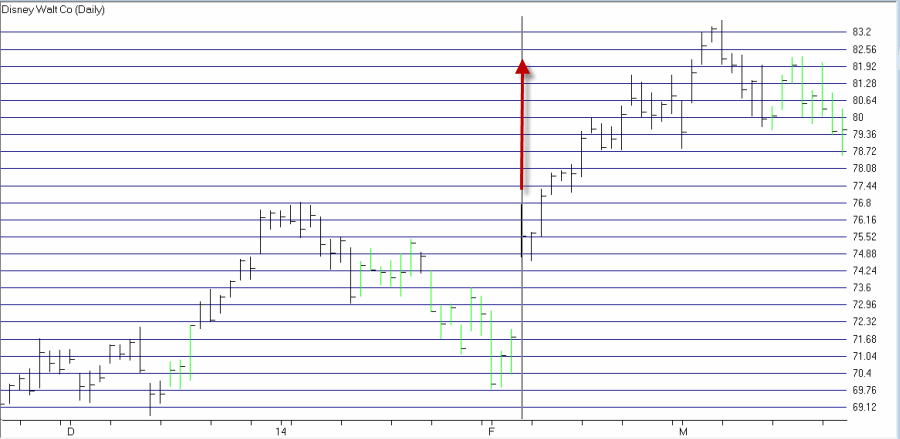 Figure 1 – DIS take a turn for the better, so buy a call option (Courtesty: AIQ TradingExpert)
Figure 1 – DIS take a turn for the better, so buy a call option (Courtesty: AIQ TradingExpert)
So let’s assume we want to buy a call option on DIS. In Figure 2 I am selecting the option with the highest Gamma and at least 60 days left until expiration. High gamma gives us some “bang for the buck” and 60 days gives us two months for “something” to happen.
In this case we are buying 8 of the Apr 75 calls at $3.25 a piece, or $2,600 of initial risk.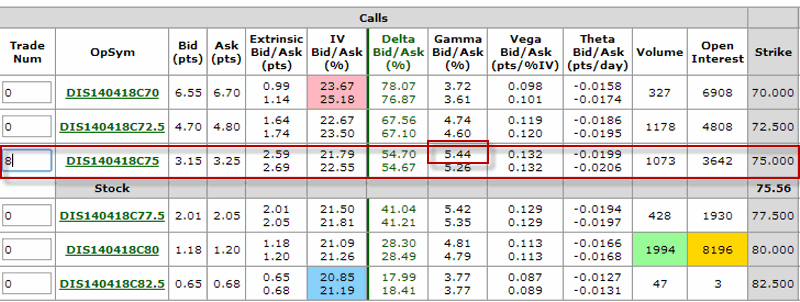 Figure 2 – Buying DIS Apr 75 call options (Courtesy: www.OptionsAnalysis.com)
Figure 2 – Buying DIS Apr 75 call options (Courtesy: www.OptionsAnalysis.com)
Figure 3 displays the trade particulars and the risk curves for the initial trade. Again, the key thing to note is that we have risk of $2,600. Also that there are 71 days left until option expiration.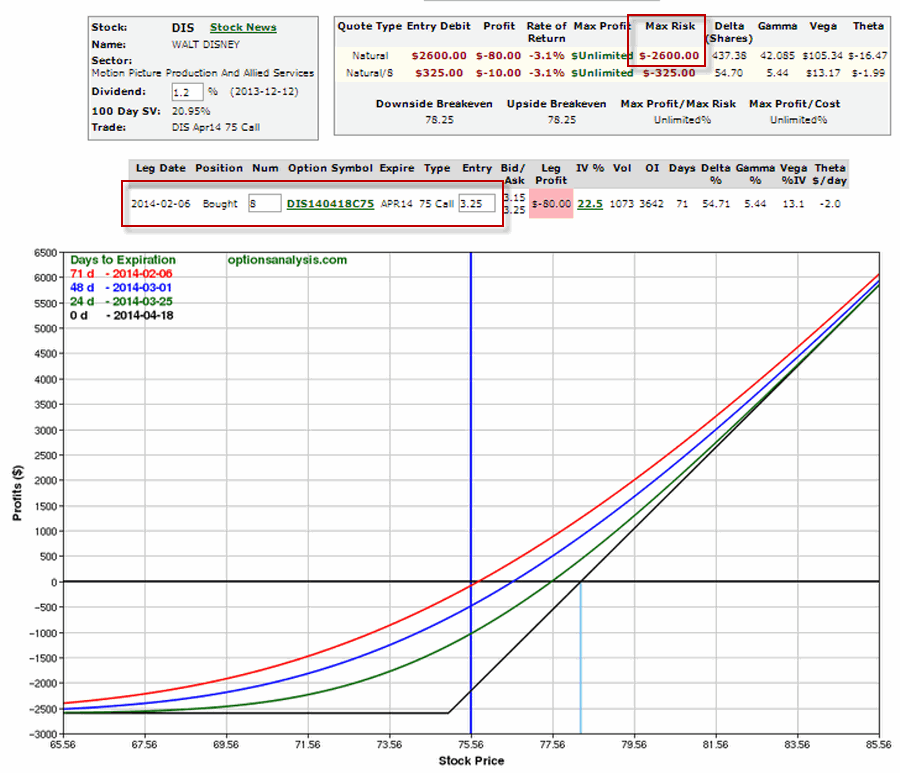 Figure 3 – DIS Apr 75 risk curves (Courtesy: www.OptionsAnalysis.com)
Figure 3 – DIS Apr 75 risk curves (Courtesy: www.OptionsAnalysis.com)
In this example, we got lucky and DIS followed through quickly to the upside and our 30% profit target was reached on 2/11 as you can see in Figure 4.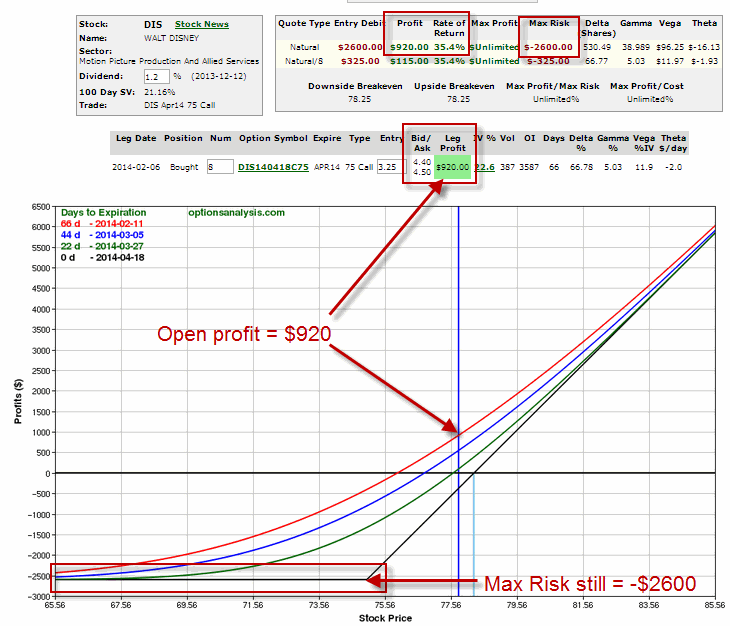
Figure 4 – Profit now in excess of 30% – but risk is still $2,600 (Courtesy: www.OptionsAnalysis.com)
The good news is that we have an open profit of $920; the bad news is that if DIS turns back down we can not only give back the $920 profit but also our original $2,600 investment.
So now we do our adjustment as displayed in Figure 5. We:
*Close the initial position
*Go out another expiration month
*Using roughly half of our open profit we buy the at-the-money call and sell an equal number of calls two strikes out-of-the-money.
Thus we:
*Sell 8 April 75 calls
*Buy 2 July 77.5 calls
*Sell 2 July 82.5 calls
These adjustments are displayed in Figure 5 (click Figure to enlarge) Figure 5 – Adjusting the original DIS trade (Courtesy: www.OptionsAnalysis.com)
Figure 5 – Adjusting the original DIS trade (Courtesy: www.OptionsAnalysis.com)
The risk curve for the new position appears in Figure 6.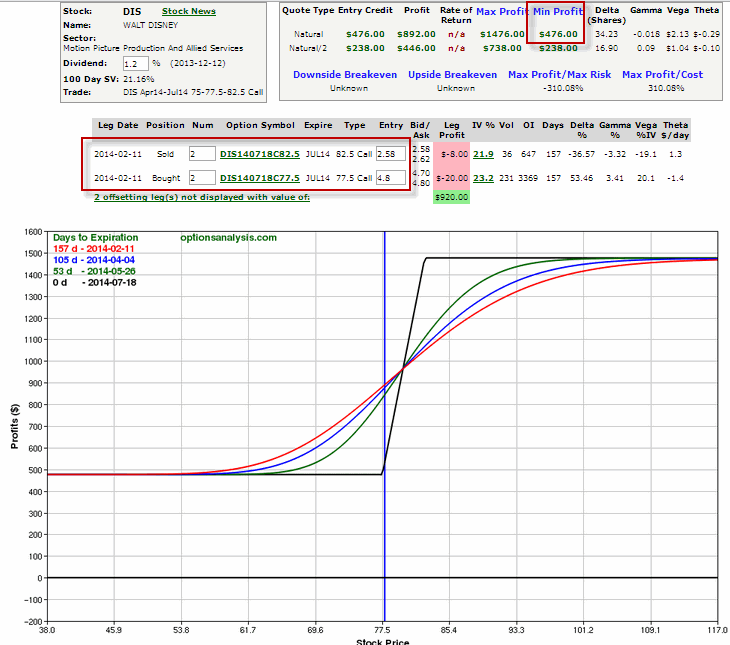 Figure 6 – Risk curves for adjusted DIS trade (Courtesy: www.OptionsAnalysis.com)
Figure 6 – Risk curves for adjusted DIS trade (Courtesy: www.OptionsAnalysis.com)
As you can see in Figure 6 there is some good news and some bad news.
*The bad news is that the adjusted position as limited upside potential (for the record, one alternative to consider would be to simply buy 1 July 77.5 call for $480 instead of buying 2 77.5 calls and selling 2 82.5 calls).
The good news is that we have now “locked in” profit of $476 and are essentially playing with “house money.” Also we now have 157 days until expiration for “something” to happen.
At this point, the next step is to decide what if anything to do from here.
Summary
So does this simple example encapsulate the “Be All, End All” of option trading adjustments. Hardly. In fact my guess is that many readers may not be terribly impressed with the adjustment that takes away our unlimited profit potential. But as I said, there are many possibilities when it comes to adjusting an option trade. Your job is to consider the possibilities in advance and act when the proper time arrives.
Hopefully the example in this article hopefully provides some “food for thought.”
Jay Kaeppel

